The star of this episode is undoubtedly Colorado Bureau of Investigation Agent Tammy Lee. She’s not only the star, she steals the show. It makes sense because of all the law enforcement folks on the slate in this episode, Tammy Lee is the only one who sat in on the confession. We don’t see or hear from detective Baumhover, and although Coder is referenced in the interrogation footage, we never hear from him firsthand. We do from Lee, and she’s provides a kind of running narration right through. It’s her emotions, her mission for justice – for Shan’ann, Niko, Bella and Celeste – that forms the golden thread through this episode.
In this in-depth analysis of the FULL 1:06:05 EPISODE of Criminal Confessions, I’ll be looking at key insights through 5 x 10-15-minute segments.
FIRST SEGMENT
The first segment deals with Shan’ann’s obsessive use of her phone, and Facebook, and the discovery of her phone.

In the first ten minutes of the episode, the District Attorney Michael Rourke provides voice-over narration for the familiar opening salvos of the Watts case. Nickole arriving at the door, then Officer Coonrod, then Watts returning from work followed by the walk through of the house. They find the beds in disarray but no other signs of disturbance. They find Shan’ann’s medicine and purse in the house, the car and car seats are in the garage. And yet it’s Shan’ann’s and Ceecee’s health issues that don’t gibe with them having gone somewhere without taking medication along. It’s all a little strange.
ROURKE: Shan’ann lived her entire life, through social media, through her phone…It was very unlike Shan’ann not to answer her phone, not to at least send a text. And so I think that alone raised the level of concern, and fear, very early on in this process.

LEE: The people that know Shan’ann, know Shan’ann was very attached to her cell phone.








COONROD: You guys have any kind of issues? Marital, issues, or…?
WATTS: We’re…going through a separation.
COONROD: You guys filed yet or anything, or just talking?
WATTS: No, we were gonna…well…we were gonna have to sell the house. And go through a separation.

COONROD: And how’s that goin’?
WATTS: I…it’s going…
COONROD [Interrupting]: Civil for the most part?
WATTS: Civil, yeah [laughs].
Watts looks down at his phone…

SECOND SEGMENT
The second segment deals with the neighbor, the surveillance footage and the shadows on the driveway.

At 12:09 into the documentary, the narration switches over to another aspect – the nieghbor. At this point the narrator also switches – a little disorientatingly – from the District Attorney to the Deputy District Attorney. And it’s also at this point that Trinastich himself takes us through the driveway aspect of the narrative.
In this short segment – which ends about three minutes later at 15:13 – Trinastich provides a lot more, I feel, than he did on Dr. Oz. Trinastich also comes back later in the documentary to provide some touching details. The part I want to highlight is the shadows on the driveway.
TRINASTICH: I was hoping to catch Shan’ann leaving with Bella and Celeste. I was hoping we might catch somebody coming and picking them up to take them on a playdate like Chris had said. But we had picked up no other motion, or anything like that, coming from their house.


And so now we deal with the meat of this segment, and really the meat-and-potatoes of the YouTube conspiracy nuts that have been making a meal out of a tiny little area of uncertainty. It’s the moment at 12:59 where the documentary plays back all the times Trinastich’s camera catches Watts walking to and from his truck on the side of his truck away from the camera. Each time you see Watts you see a shadow. Interestingly, when juxtaposed in this way you also see the shape of the shadow and how it changes when he’s walking from right to left, and from left to right. When he walks left to right, Watts shadow is very thin, ending in a sharp needle point then widening into a line. Coming from the right it’s thicker.
WRENN: What the video shows is Chris making several trips from the garage, out to the driver’s side of the vehicle, which is from the other side of the car, from the angle of the camera. So you can’t see what if anything is being put in the car per se.
And then it reverts to Watts acting weird next to the screen. He says stuff like this:


The shadows on the driveway really have to be seen moving, rather than from stills. But regardless of this aspect, it’s not mentioned once, anywhere, by anyone in the documentary that Watts appears to pick up a child. There’s not even a hint that that’s the case. There’s also not even a moment where the footage is used to suggest anyone else. Instead, Rourke’s words at this point are quite interesting. He refers to the importance of keeping an open mind, and not succumbing to tunnel vision.





THIRD SEGMENT























 On the one hand, the District Attorney and the Deputy District Attorney are the authorities closest to the case, so we’d expect thought leadership and clarity from them. Basically what they believe must be true. That same appeal to authority applies to CBI agent Tammy Lee. And yet invariably all three agree with the same faulty premise. Because the second version is worse, it must true.
On the one hand, the District Attorney and the Deputy District Attorney are the authorities closest to the case, so we’d expect thought leadership and clarity from them. Basically what they believe must be true. That same appeal to authority applies to CBI agent Tammy Lee. And yet invariably all three agree with the same faulty premise. Because the second version is worse, it must true.






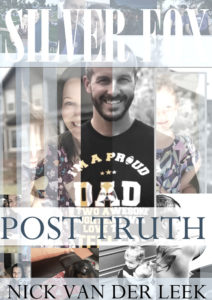
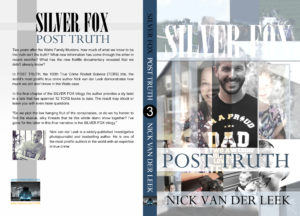





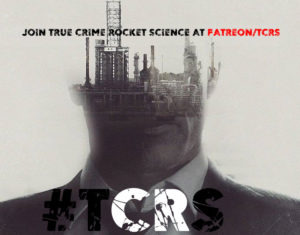
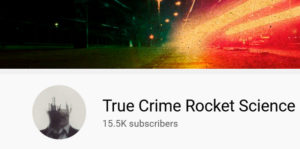
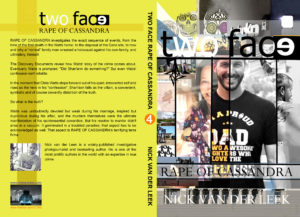
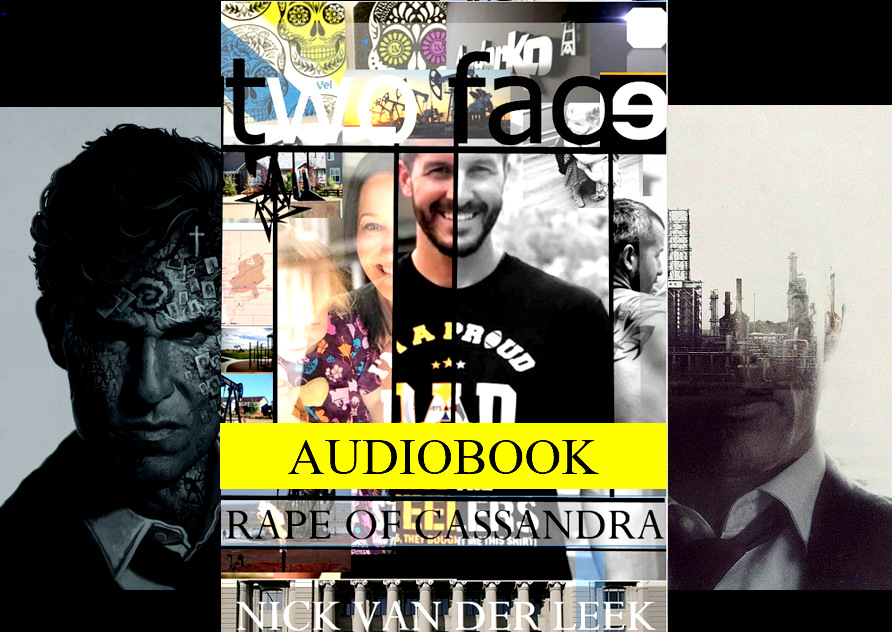
Recent Comments